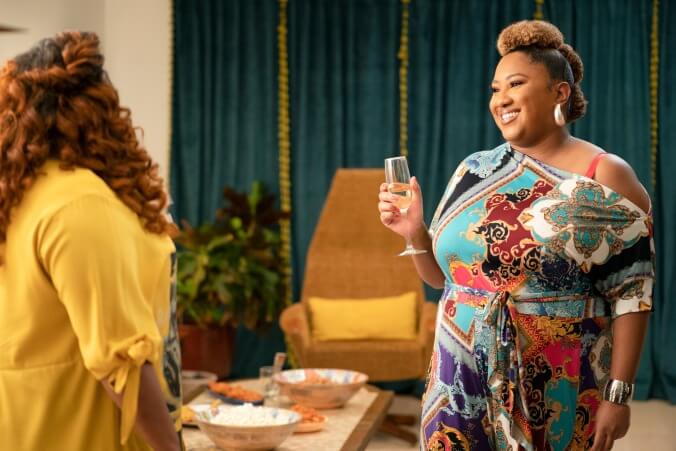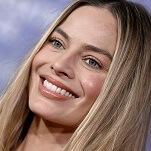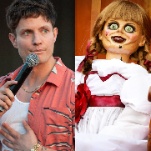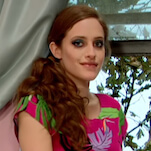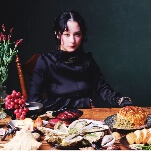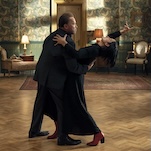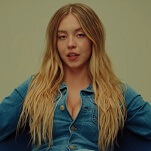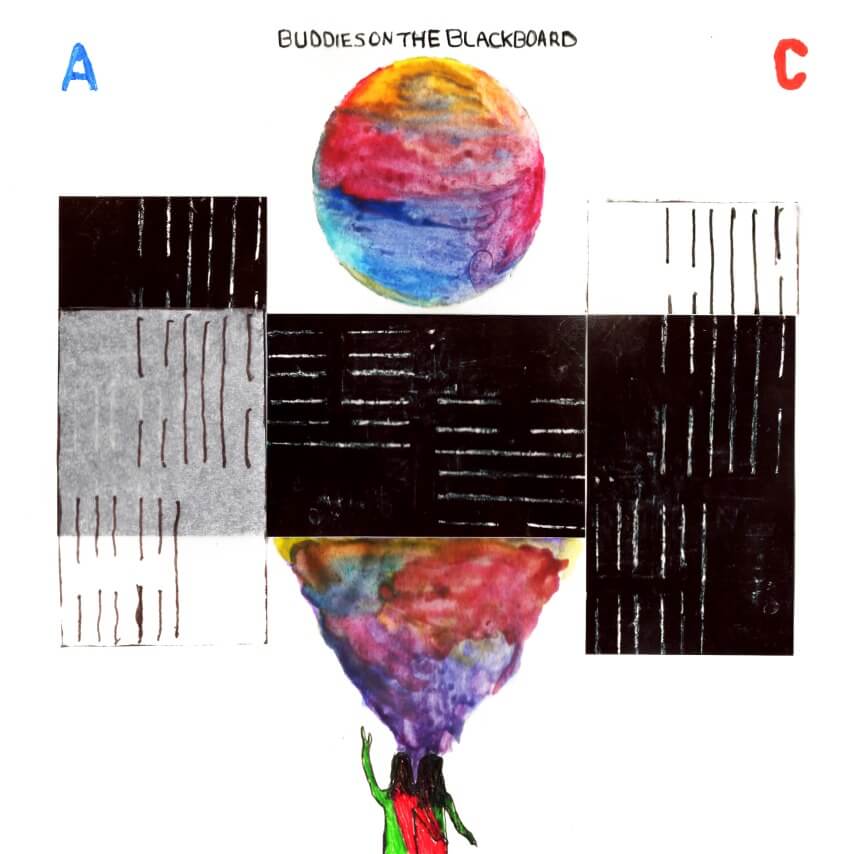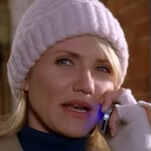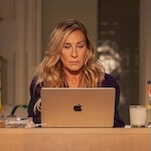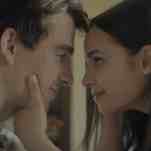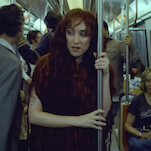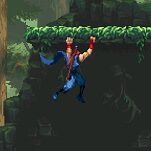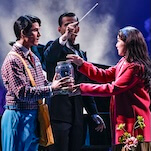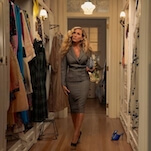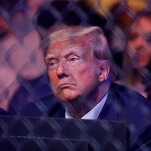Introducing Endless Mode: A New Games & Anime Site from Paste
Amber Riley, Ashley Nicole Black, and THEE Jumpsuit in A Black Lady Sketch Show Photo: HBO
Since its debut in 2019, HBO’s A Black Lady Sketch Show has been lauded for its balance of absurdist humor and poignant humanity as much as the ground it’s breaking on the TV landscape. But the variety sketch series from Robin Thede, who knows a thing or two about firsts, is also breathtakingly efficient. Each episode is densely packed with jokes that run the gamut from ridiculous to topical, the show’s performers and writers nimbly jumping between dozens of genres. Characters and concepts are introduced at a rate that could put sketch comedy stalwarts to shame.
In season two, the core cast of Thede, Ashley Nicole Black, Gabrielle Dennis, Laci Mosley, and Skye Townsend navigates bank robberies, blind dates, girls’ trips, zombies, aging, Denzel Washington’s career, high school cliques, family reunions, the Last Supper, and, once again, the end of the world. Their versatility facilitates the show’s many turns, while the costuming department ensures the actors always look the part, whatever it may be. Corsets and hoop skirts come out for a party that proves deadly to a pair of fashionably late ladies played by Dennis and Thede. Trinity the Invisible Spy (Black) is always clad in head-to-toe black, the better to escape notice. A midday cycling class doubles as a fashion show. And when the Coral Reefs gather for a corporate gang retreat, they bring every baby pink hoodie, flannel, coverall, bandana, and pair of sweatpants with them.
A Black Lady Sketch Show should be in the running for Outstanding Variety Sketch Series at this year’s Emmys, making for back-to-back nominations. The show’s costuming should also be in contention. Costume designer Ceci heads up a team that includes assistant costume designer Michelle Collins, costume supervisor Gina Harrison, and costumers Fame Hughes, Adriana Crawford, and Kristina E. Taylor. Their work, along with that of set costumers Shelli Bradley and Wyandon Lubom, is as key to immersing viewers in the show’s world as the performances or writing. All the sharp looks worn by the women in this season’s Black lady courtroom sketch (impeccable outfits made possible by tailor Darlene Jackson) capture the outpouring of pride at the gathering. The body-conscious dress that Reesa (Dennis) shows off at her birthday party in “Age Aunt Nothing But A Number” points to her inner turmoil over turning 35, which is “auntie age,” according to her fairy godmother (Mosley).
Ceci and her team keep up with the cast as episodes move through premises and eras, from the present to the 19th century to biblical times. Thede, Black, and Townsend don robes for “The Last Supp-Her” to play a trio of women sidelined by preening religious men. The three women find the comedy in the Eucharist with smart retorts about certain disciples, the kind of verbose male writers still catered to by the publishing industry. But one of the biggest laughs comes when Black’s character produces a gladiator sandal worn down by all the “walking” Jesus likes to do in the desert. Dennis plays a mean-girl Mary Magdalene with amazing winged eyeliner and a gorgeous green dress that reflects her position above these women ostensibly forgotten by history. The role that fashion plays in our daily lives is captured in “The Girl Who Cried Vintage”—Black plays a character who’d rather keep her great ASOS finds to herself, because plus-size clothing options are still much too limited.
The astute costuming is just as integral to the interstitials that make up a show within a show. Once again, Thede, Black, and Dennis find themselves together after some global catastrophe. This time, though, they’re joined by Townsend and Mosley as fictionalized versions of themselves (unless Townsend actually moonlights as a courier who’s thinking about enrolling in Le Cordon Bleu). That each woman’s outfit represents some facet of her personality—Black sports a professorial look, while Townsend’s motorcycle jacket lends her an ineffable cool girl quality—isn’t the real feat here. The clothes are the first sign that the interstitials are telling a new story, one in which Thede and her friends have different roles to play. Season two also uses the opening credits as an opportunity for another new narrative, one that becomes increasingly nightmarish for the cast members who initially find themselves in the Different World parody of their dreams. But there’s another layer here: Are we supposed to think that the characters in the interstitials are the same as the characters in the opening credits? What does this mean for season three?
We’d be remiss in failing to note just how remarkable the clothes are even when nothing but a dinner reservation is at stake. Virtually every scene features an enviable outfit, whether it’s Robin’s silk, asymmetrical blouse, or the cheerful Ally’s collection of tea-length and maxi skirts, or the decolletage-loving leotard on the “SoulCycle cheater.” When was the last time a show made you want to buy just about every outfit on screen? (One brave soul even tried to aggregate all the looks and where to buy them.) A Black Lady Sketch Show’s costuming isn’t just a flattering accessory; it’s a staple, one that guides viewers through the series’ many twists.
